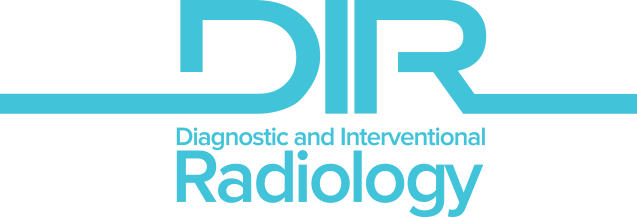ABSTRACT
PURPOSE
The aim of this study was to examine metabolite changes in different parts of the corpus callosum (CC), and to relate these changes to different age groups using magnetic resonance spectroscopy (MRS).
MATERIALS AND METHODS
A total of 76 healthy subjects participated in the study with MRS analyses (39 females and 37 males). Subjects were grouped by age into four groups, in increasing order: Groups 1, 2, 3, and 4. Single-section 2D multivoxel spectroscopy was performed using chemical-shift imaging techniques. The voxels were placed on the rostrum, genu, corpus, and splenium of the CC. Peak metabolite ratios of N-acetylaspartate (NAA)/choline (Cho), NAA/creatine (Cr), and Cho/Cr were calculated from the rostrum, genu, body, and splenium. One way analysis of variance test was performed for the detection of changes in different age groups. Pearson correlation test was performed for correlation of metabolite ratio related to age.
RESULTS
Statistically significant differences were found for NAA/Cho ratios for the rostrum, corpus, and splenium, and NAA/Cr ratios for the corpus and splenium between Groups 1 and 2, Groups 1 and 3, and Groups 1 and 4. Metabolite ratios of the corpus and splenium were similar. This similarity was also valid for parts of the rostrum and genu.
CONCLUSION
Metabolite ratios in the CC are influenced by age. Age-related changes and regional metabolite levels may cause these alterations. Analyses of the CC may be informative for the evaluation of white matter. MRS may help to demonstrate metabolite levels and ratios of the CC.



